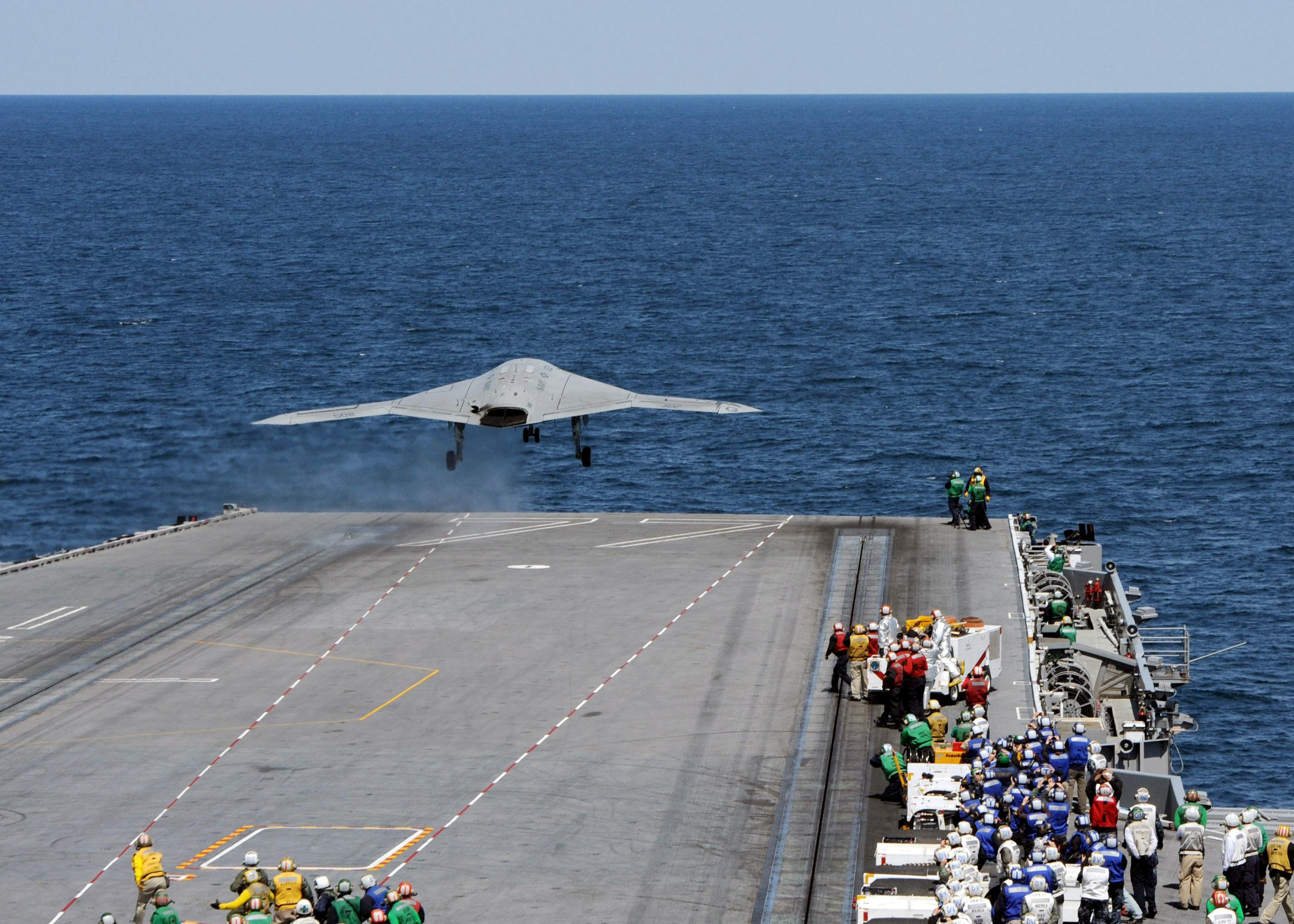Steven Aftergood notes some new data from recent congressional hearing volume, suggesting that the Pentagon’s drone program may be tapering off:
“Annual procurement of [unmanned aerial systems] has gone from 1,211 in fiscal 2012 to 288 last year to just 54 in the proposed FY14 budget,”
Aftergood also notes that the Defense Department’s budget request for the development and procurement of these systems is down by more than a billion dollars for the next fiscal year.
You might think that the U.S. military simply has all the drones it needs, but there’s also evidence to suggest they’re being used less often. After the nearly simultaneous counterterrorism operations conducted in Libya and Somalia early last month, it was suggested that they could be a sign of a shift away from the heavy reliance on drones to attack al Qaeda targets.
Indeed, statistics from both the New America Foundation and Long War Journal show that the number of drone attacks in Pakistan is well down this year and has been declining each year for the last four years. There have been fewer than 30 this year compared with more than 100 in 2010, the peak of the Obama administration’s drone war. Strikes in Yemen are also down this year after a spike last year.
Of course, drone strikes are hardly unheard of. One reportedly killed Pakistani Taliban leader Hakimullah Mehsud just two weeks ago. And another recently stated priority, shifting responsibility for the program from the CIA to the more accountable Defense Department, appears to be stalling.
But it does seem like there are either fewer al Qaeda targets now deemed worthy of these strikes, or drones are no longer the weapon of choice they were a few years ago.
